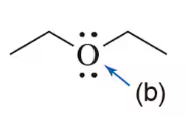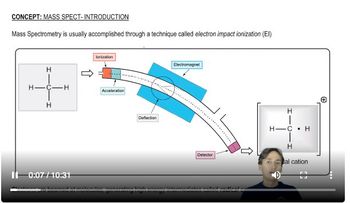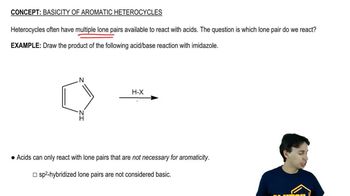What orbitals are used to form the carbon–carbon s bond between the highlighted carbons?
g.
h.
i.

 Verified step by step guidance
Verified step by step guidance Verified video answer for a similar problem:
Verified video answer for a similar problem:



 2:53m
2:53mMaster How carbon creates 4 partially-filled orbitals. with a bite sized video explanation from Johnny
Start learning